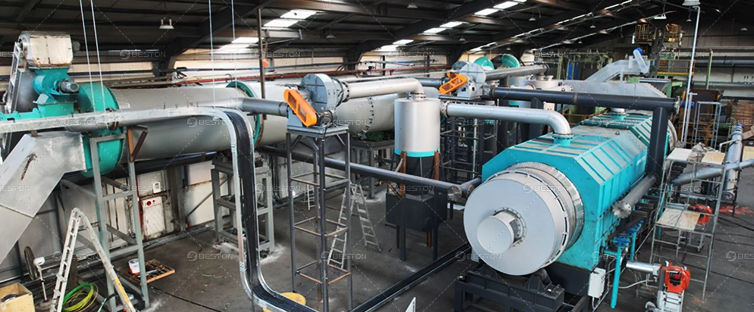Carbon Removal Prospects in South America
- arbourz
- Sep 3
- 3 min read
South America holds vast potential for carbon removal initiatives, combining abundant biomass resources with growing regulatory momentum. The continent’s unique geographical advantages, ranging from expansive agricultural land to dense forestry reserves, make it a critical region for scaling technologies aimed at mitigating greenhouse gas concentrations. The convergence of policy support, corporate sustainability commitments, and technology adoption is shaping a dynamic market for carbon sequestration solutions.
Biomass as a Foundational Resource
The agricultural sector generates immense volumes of residues that remain underutilized. Sugarcane bagasse, coffee husks, forestry by-products, and other lignocellulosic materials can be redirected into long-term carbon storage pathways. Through thermochemical conversion, these residues become biochar, a stable carbon-rich material that can be integrated into soils or building materials. The deployment of a biochar making machine offers an avenue to simultaneously manage waste streams and enhance carbon removal. By converting surplus biomass into a durable form of carbon, operators link waste valorization with measurable climate benefits.

Industrial and Construction Applications
Beyond agriculture, carbon materials derived from biomass are finding their way into industrial sectors. Incorporating biochar into cementitious composites or asphalt enhances material strength while locking carbon within long-lived infrastructure. Given the region’s expanding urban development, embedding sequestration within construction materials offers scalable permanence. A pyrolysis machine for biochar designed for continuous output ensures a steady supply of carbon material for such industries, aligning industrial growth with climate objectives.
Soil Sequestration and Agricultural Synergy
The integration of carbon-rich amendments into agricultural systems presents a dual advantage. Soils across many South American regions face degradation from intensive cultivation and erosion. Incorporating biochar improves soil fertility, water retention, and microbial activity while ensuring stable sequestration of atmospheric carbon. This intersection of soil rehabilitation and carbon removal positions agricultural producers as central actors in the continent’s decarbonization agenda. Governments are beginning to recognize these synergies by drafting incentive frameworks that reward farmers for adopting climate-smart practices.
Policy Dynamics and Market Signals
Several South American governments are aligning with global commitments to achieve net-zero emissions. Brazil, Chile, and Colombia are advancing national climate strategies that include provisions for carbon markets. Voluntary carbon markets in the region are also expanding, providing financial incentives for verified carbon removal. However, regulatory clarity remains uneven. Without standardized methodologies for quantifying and certifying removal through pyrolysis and biochar pathways, investor confidence can be restrained. The establishment of transparent monitoring, reporting, and verification protocols will be pivotal for scaling projects.
Corporate Involvement and International Demand
Global corporations with operations in South America are under pressure to meet environmental, social, and governance (ESG) targets. Many are now engaging in direct procurement of carbon credits generated locally. International demand, especially from Europe and North America, strengthens the business case for carbon removal projects in the region. A properly operated pyrolysis plant with third-party certification can generate credits that meet international quality benchmarks, channeling foreign capital into domestic initiatives.
Technical and Logistical Considerations
Despite abundant resources, challenges persist. Transporting bulky biomass from dispersed agricultural areas to centralized facilities raises logistical costs. Ensuring consistent feedstock quality requires coordination among farmers, cooperatives, and industrial operators. Furthermore, infrastructure for large-scale deployment remains limited in certain regions. Addressing these constraints demands integrated planning, investment in transport networks, and decentralized processing systems that can operate closer to biomass sources.
Outlook for Growth
The trajectory of carbon removal in South America is closely tied to its ability to merge natural resource abundance with technological sophistication. Deploying pyrolysis systems across diverse landscapes will convert surplus biomass into a stable carbon reservoir, delivering both environmental and economic returns. With the right mix of policy support, certification frameworks, and industrial collaboration, the continent is positioned to become a global hub for large-scale carbon sequestration.









Comments